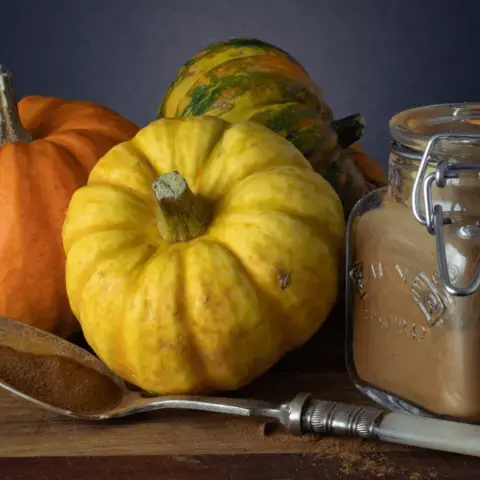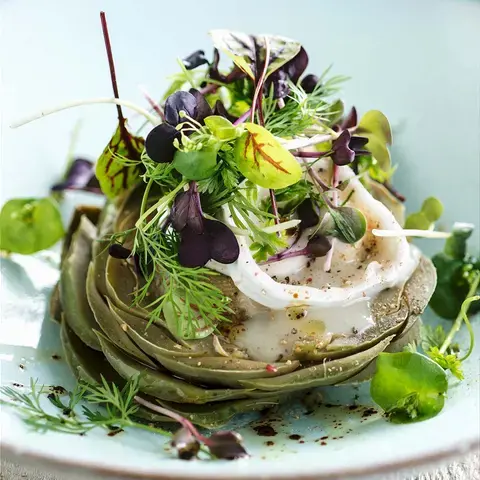As soon as autumn creeps in, we experience a growing desire for soul-warming red wines, such as Amarone di Valpolicella, one of the world’s greatest red meditation wines. Immense on the nose and on the palate, rich and corpulent, this DOCG wine is only produced in the region of Veneto from a selection of grapes mainly consisting of Corvina (from 45 to 95%), together with Corvinone and Rondinella.
This is an unusual type of passito, since it is dry rather than sweet, like the one of Pantelleria for instance.
The Valpolicella wine-growing area is a strip of land in the foothills around Verona, which extends from valley to valley, from Garda Lake as far as the border of Vicenza province. The aromas of prunes and bottled cherries mingle with hints of the undergrowth and dried mushrooms. The more noble vintages are strongly characterised by a smoothness which envelops the palate in an embrace that is velvety, full-bodied, warm and vigorous with the most pleasing fat tannins. Overtones of ripe red fruits are enhanced by cinnamon and vanilla. The longer this wine ages, the more it gives way to perceptions of leather, fire-cured tobacco and roasted coffee. Its fruity aromas recall sour cherry, blackcurrant, and wild berries.
It may even be aged up to 20 years, if well stored, and should be served at an average temperature of 16°-18° C. Before enjoying, it is advisable to decant for at least one hour.
The name Amarone literally means “great bitter” and its grapes are harvested ripe in the first two weeks of October. The grapes are then allowed to dry or raisinate on traditional bamboo racks or more modern plastic crates. Typically, this drying process lasts for 120 days but it can vary depending on the producer. The final result is a full-bodied and low-acidity wine.
Harmonious pairings















